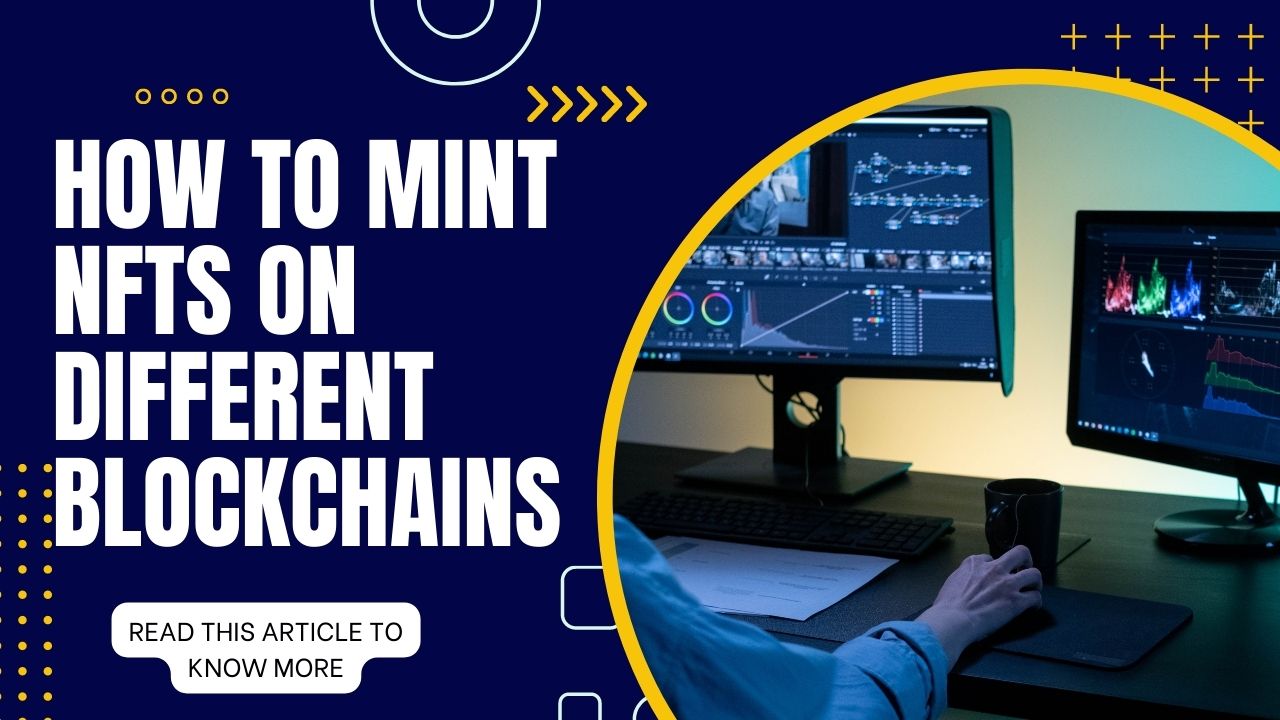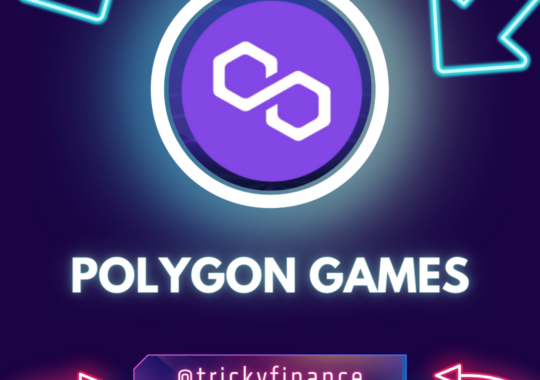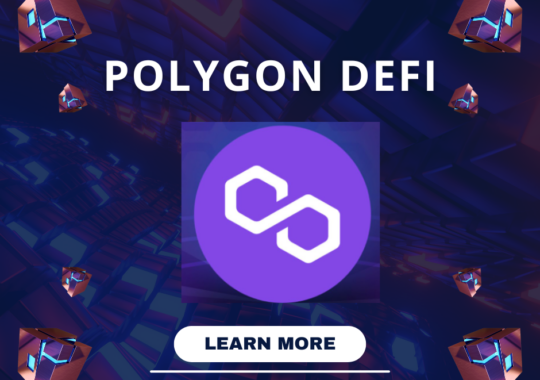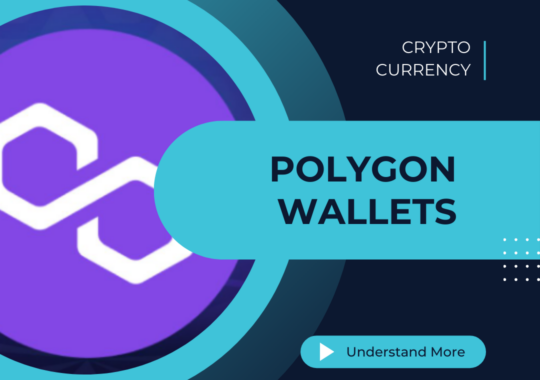Welcome to the fascinating world of NFTs, where collectibles and digital art are sweeping the globe. You’ve come to the perfect location if you want to make your own NFTs! We’ll walk you through the process of minting NFTs on several blockchains in this article so you may show off your original works to the world. We have you covered whether you’re an artist, a collector, or just interested in this ground-breaking technology. So, let’s enter the realm of NFTs together while buckling up!

What is Minting?
NFTs, or non-fungible tokens, are unique digital assets that have gained immense popularity in recent years. One of the key processes involved in creating an NFT is “minting.” To “mint” an NFT means to create a new, unique digital asset that is verified on a blockchain network.
Minting is important because it allows creators to establish ownership and control over their digital assets in a way that was previously not possible. By creating an NFT and minting it on a blockchain, creators can prove their ownership and authenticate the uniqueness of their digital asset. In essence, minting an NFT is a way to establish ownership and create value in the digital world.
Understanding Different Blockchains
Blockchain technology has revolutionized the way we think about digital transactions and data management. However, not all blockchains are created equal. Understanding the differences between various blockchain protocols is essential for anyone who wants to make informed decisions about their investments or business strategies.
Some blockchains, like Bitcoin, prioritize security and decentralization above all else, resulting in slower transaction times and higher fees. Others, like Ethereum, prioritize speed and flexibility, allowing for a wider range of applications and use cases.
Understanding the differences between these various types of blockchains is essential for anyone who wants to make informed decisions about their use and implementation. Whether you are a developer looking to build decentralized applications, an investor seeking to navigate the world of cryptocurrency, or simply someone interested in the technology behind the blockchain revolution, a deep understanding of the different types of blockchains is essential.
Minting NFTs on Ethereum
Minting NFTs on Ethereum has revolutionized the art and collectibles industry, providing creators with a new and innovative way to monetize their digital creations.
To mint an NFT on Ethereum, one popular option is to use a marketplace like OpenSea or Rarible. Here is a step-by-step guide on how to do it:
- Create a wallet – Before you can mint an NFT, you need to have a digital wallet that can hold Ethereum. You can create a wallet on platforms like MetaMask, MyEtherWallet, or Trust Wallet.
- Connect your wallet to a marketplace – Once you have a wallet, you need to connect it to a marketplace that allows you to mint NFTs. For example, on OpenSea, you can connect your wallet by clicking on the “Connect Wallet” button and selecting your wallet provider.
- Choose your NFT type – Decide whether you want to mint a single NFT or a collection of NFTs. Collections are a series of NFTs that share a common theme or artwork.
- Upload your artwork – Next, you need to upload your digital artwork to the marketplace. Make sure that the file meets the requirements for the marketplace you’re using, such as file size and format.
- Fill in the details – Provide details about your NFT, such as its name, description, and royalty percentage. You can also set a reserve price if you want to auction your NFT.
- Mint your NFT – Once you’ve filled in all the necessary details, you can mint your NFT. This will create a unique token on the Ethereum blockchain that represents your digital artwork.
Now that you know how to mint an NFT on Ethereum, it’s important to follow some best practices to ensure that your NFT is successful. Here are some tips:
- Research the market – Before minting an NFT, research the market to see what types of NFTs are popular and what collectors are looking for.
- Choose high-quality artwork – The quality of your artwork can make a big difference in the success of your NFT. Make sure that your artwork is unique, eye-catching, and high-quality.
- Set a reasonable price – Don’t overprice your NFT, as this can deter potential buyers. Research similar NFTs to get an idea of what a reasonable price would be.
- Promote your NFT – Once you’ve minted your NFT, promote it on social media and other platforms to attract potential buyers.
By following these best practices, you can increase the chances of success when minting an NFT on Ethereum.
Minting NFTs on Other Blockchains
One of the most exciting developments in the NFT space is the ability to mint NFTs on other blockchains. Traditionally, NFTs have been minted on the Ethereum blockchain, which has become synonymous with the world of NFTs. However, as the popularity of NFTs has grown, other blockchains have started to offer NFT minting capabilities as well.
- One of the main advantages of minting NFTs on other blockchains is the ability to reach a wider audience. Ethereum is undoubtedly the most popular blockchain for NFTs, but by minting on other blockchains, artists and collectors can tap into new communities and markets. This is especially true for blockchains that have lower transaction fees and faster processing times, making them more accessible to a wider audience.
- Another advantage of minting NFTs on other blockchains is the potential for increased security and scalability. While Ethereum is a robust and secure blockchain, it has been known to experience congestion during periods of high demand. Other blockchains may offer faster transaction speeds and lower fees, making them more attractive for artists and collectors who are looking for a more streamlined NFT minting process.
Of course, there are also some challenges associated with minting NFTs on other blockchains.
- For one thing, there may be a lack of support for certain types of NFTs or specific features that are unique to Ethereum.
- Additionally, the lack of a centralized platform like OpenSea or Rarible on some of these other blockchains may make it more difficult for artists and collectors to find and trade NFTs.
Despite these challenges, the ability to mint NFTs on other blockchains represents an exciting development in the NFT space. As more blockchains offer NFT minting capabilities, we can expect to see increased innovation and experimentation in the world of digital art and collectibles. Whether you’re an artist or a collector, it’s an exciting time to be involved in the world of NFTs!
Key Differences Between Blockchains
While the process of minting NFTs on different blockchains is similar, there are some key differences to keep in mind. For example, the native token used to pay for network fees varies between blockchains (BNB for Binance Smart Chain, SOL for Solana, and ETH for Ethereum). Finally, network congestion can affect the speed and cost of minting NFTs, so it’s important to research each blockchain’s current state before minting your NFT.
FAQs
How do I mint an NFT on Binance Smart Chain?
To mint an NFT on Binance Smart Chain, you need to create a smart contract using a platform like Remix or Truffle. You then need to upload the digital asset to the contract and deploy it to the Binance Smart Chain blockchain.
How do I mint an NFT on Polygon?
To mint an NFT on Polygon, you need to create a smart contract using a platform like Remix or Truffle. You then need to upload the digital asset to the contract and deploy it to the Polygon blockchain.
How do I mint an NFT on Flow?
To mint an NFT on Flow, you need to create a smart contract using a platform like Cadence. You then need to upload the digital asset to the contract and deploy it to the Flow blockchain.
How do I mint an NFT on Solana?
To mint an NFT on Solana, you need to create a smart contract using a platform like Rust or JavaScript. You then need to upload the digital asset to the contract and deploy it to the Solana blockchain.
What fees should I expect when minting NFTs on different blockchains?
Fees vary depending on the blockchain, but you can expect to pay gas fees for Ethereum and Binance Smart Chain, and transaction fees for Polygon, Flow, and Solana.
How can I promote and sell my NFTs after minting them on different blockchains?
You can promote and sell your NFTs on various marketplaces and platforms, such as OpenSea, Rarible, SuperRare, and Nifty Gateway.
Also read:
How to Use NFTs for Gaming and Collectibles
Conclusion
In conclusion, it is now easier than ever to mint NFTs on many blockchains. You may use the power of blockchain technology to produce distinctive and valuable digital assets whether you’re a digital artist, content provider, or business owner. You may quickly start minting NFTs by finding the blockchain that best meets your needs with a little bit of investigation and testing. The future of NFTs is promising, and the possibilities are limitless. So why not start making your own digital masterpieces right away and join the NFT revolution?

Neelam is a talented writer and financial analyst, currently studying at Hansraj College. She is a regular contributor to Trickyfinance, where she covers a range of topics including price prediction, stock market news, and market analysis. Neelam’s passion for finance and economics led her to pursue a writing career in the financial industry, where she has gained valuable experience and insights into the workings of the market. In her free time, Neelam enjoys reading and conducting her own market analysis to stay up-to-date with the latest trends and developments in the industry.




